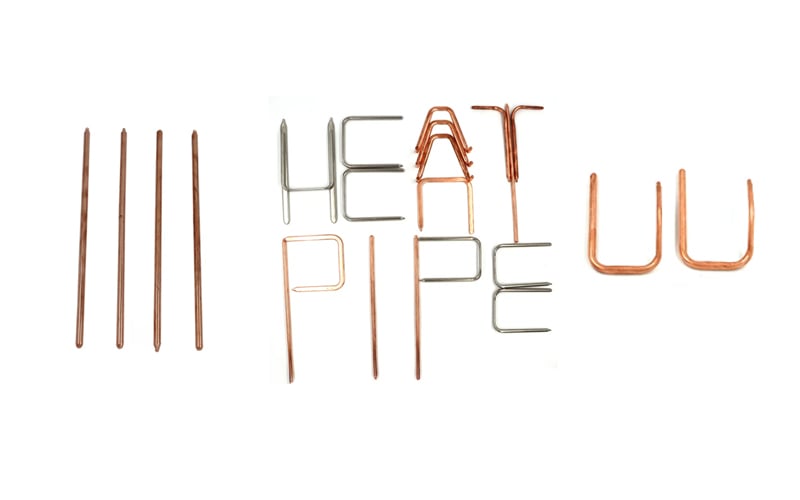Introduction to copper pipe heat sinks
When it comes to thermal management in electronic devices, copper pipe heat sinks are a popular choice for removing excess heat. These heat sinks play a crucial role in maintaining the optimal operating temperature of various components, ensuring their longevity and performance.
How Copper Pipe Heat Sinks Work
Copper pipe heat sinks work by transferring heat away from the source using copper pipes as a medium. The high thermal conductivity of copper allows for efficient heat dissipation, making it an ideal material for heat sink applications. As heat is absorbed by the copper pipes, it is then dissipated into the surrounding environment through convection.
The Advantages of Using Copper Pipe Heat Sinks
There are several advantages to using copper pipe heat sinks in electronic devices. Copper's excellent thermal conductivity ensures fast and efficient heat dissipation, preventing overheating and component failure. Additionally, copper is a cost-effective material that is readily available and easy to work with, making it a popular choice for heat sink manufacturing.
Types of Copper Pipe Heat Sinks
There are various types of copper pipe heat sinks available, including passive and active designs. Passive heat sinks rely on natural convection to dissipate heat, while active heat sinks use fans or other cooling methods to enhance heat dissipation. The choice of heat sink type will depend on the specific cooling requirements of the electronic device.
Installing Copper Pipe Heat Sinks
Installing copper pipe heat sinks in electronic devices requires careful planning and consideration of factors such as thermal resistance and contact area. Proper installation is essential for ensuring effective heat dissipation and preventing thermal issues. It is recommended to follow manufacturer guidelines and best practices when installing copper pipe heat sinks.
Maintaining Copper Pipe Heat Sinks
Regular maintenance of copper pipe heat sinks is essential for ensuring optimal performance and longevity. This includes cleaning the heat sinks regularly to remove dust and debris that can impede heat dissipation. Additionally, checking for any signs of corrosion or damage is important to prevent any issues that may impact cooling effectiveness.
The Future of Copper Pipe Heat Sinks
As technology continues to advance, the demand for efficient thermal management solutions such as copper pipe heat sinks is expected to grow. Innovations in heat sink design and material science will likely lead to more effective and energy-efficient cooling solutions for electronic devices. Copper pipe heat sinks are poised to play a significant role in the future of thermal management.
Conclusion
Copper pipe heat sinks are an essential component in maintaining the optimal operating temperature of electronic devices. Their high thermal conductivity, cost-effectiveness, and ease of installation make them a popular choice for cooling solutions. By understanding how copper pipe heat sinks work and their benefits, manufacturers and consumers can make informed decisions when it comes to thermal management in electronic devices.

